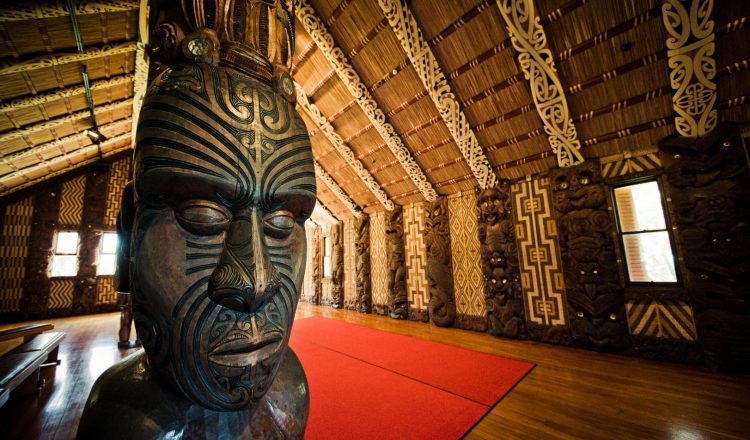Kapa Haka 和表演艺术
Kapa haka 大致翻译为团体舞蹈,用来描述毛利人表演艺术。表演艺术在毛利文化和其他波利尼西亚文化中极为重要,因为它们是神圣遗产和文化特征的表达和展示。组成 kapa haka 的歌曲和舞蹈已经开发了数百年,致力于展示过去的各种毛利人时代。
Kapa haka 涉及合唱、舞蹈、表情、姿势和同步。Kapa haka 与其他文化表演艺术不同的是,它围绕着与手对手战斗和武器技能相关的动作。类似的例子可能是卡波耶拉的非裔巴西人艺术,因为它结合了音乐,杂技和舞蹈,或者可能在较小程度上来自中国的太极拳。
作为完整的表演,kapa haka 可以持续 20 到 40 分钟,展示许多不同的歌曲和舞蹈。毛利人在各种特殊场合表演 kapa haka,新西兰和世界各地都举行比赛,以吸引最有才华的团体。伴随舞蹈和歌曲的音乐通常是通过声音或使用身体打击乐器(如脚印或拍手臂或胸部)来创作。吉他和海螺贝壳是最常见的乐器伴奏。
像所有事情一样,kapa HAKA 也发生了变化。传统上,唱歌暂停或被中断是一个非常糟糕的预兆,因此其他歌手会为那些需要呼吸的歌手进行掩护。现代毛利人的歌唱和音乐吸引了欧洲风格的影响,特别是引入和谐合唱的传教士。音乐是毛利文化的重要组成部分,直到今天,新歌都会经常用毛利语制作。

















































